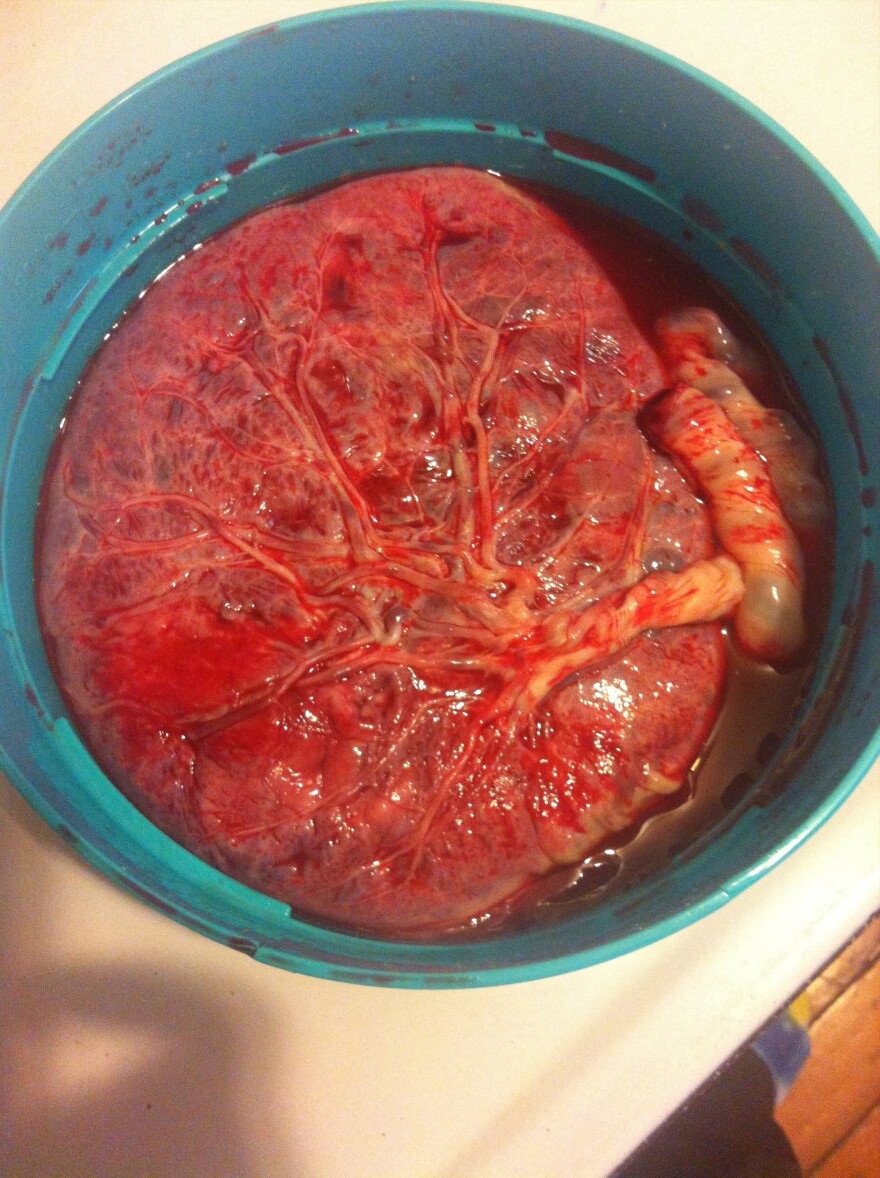Megan Oberg had a rough time after her first two deliveries. One moment she'd be happy, in another, not really. And she said that's pretty typical.
“Most women who have given birth can tell you some time during the first two weeks you tend to have some ups and downs as far as mood swings, as the hormones leave the system,” Oberg said.
For her third pregnancy she decided she wanted to try something new.
So Oberg said she found a birth specialist, someone who could bring back those hormones from where they began: her baby's placenta.
Oberg had the placenta encapsulated, essentially turning it into several pills. And she said consuming it made a difference.

“As far as hormone imbalance, it seemed like it helped with that,” Oberg said.
Placenta pills are hardly mainstream though. Yes, they’ve appeared on reality TV and in celebrity news, but hospitals aren’t used to them.
“For a long time the hospitals would not return the placenta to the mom," Oberg said. "But this is something that’s slowly becoming more mainstream and more common. Hospitals are getting more accustomed to releasing the placentas."
Technically, placentas are considered biohazardous materials. And while placenta remedies don’t have specific regulations, some practitioners take extra steps to ensure they’re safely prepared.
“In the spirit of trying to be more safe than is actually required, we follow FDA guidelines,” said Lillian Mason, a placenta remedies specialist who trains other specialists in Missouri and Kansas.
Those rules apply to the temperature of organ meat, which should be kept at 165 degrees while being prepared for consumption to kill harmful bacteria. So Mason sticks a meat thermometer in the placenta while it steams for 20 minutes.

And regulations aren’t the only standard she takes into account. Mason says tradition also plays an important role in the practice which has roots in ancient China. When the organ is being sliced, for examples, Mason says it must be treated respectfully.
“That means that there should be no smashing or tearing or sawing on it,” she said.
After the slices are dried, they are ground and put into a pill, encapsulated. Mason said the practice is gaining popularity in Missouri, from moms, and for aspiring placenta remedies specialists too.
In fact, Megan Oberg was one of the specialists Mason trained. Since her own placenta was encapsulated, Oberg now prepares the pills for other moms struggling with symptoms of postpartum depression.
“I feel like it’s becoming more and more mainstream because people are talking about it,” Oberg said.





